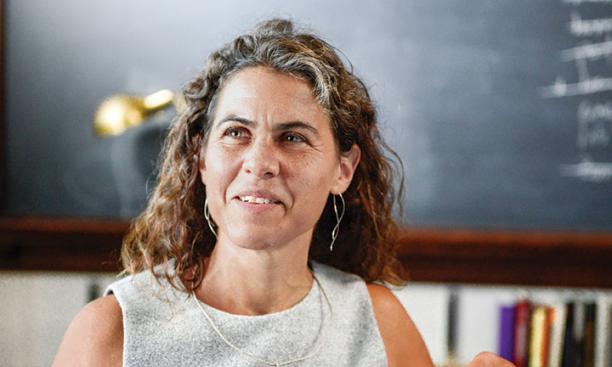

Professor Marina Rustow studies the detritus of daily life — from shopping lists and tax-collection receipts to medical books and divorce deeds — of ordinary Jews who lived hundreds of years ago. The documents come from what is known as the Cairo Geniza, a cache of some 330,000 documents from the Middle Ages that were conserved inside a chamber used to hold sacred texts until they could be buried and allowed to decompose naturally. In the dry Egyptian climate, the centuries-old texts were preserved. While most of the documents were religious, thousands dealt with everyday life.
Rustow, who recently joined the faculty as a professor of Near Eastern studies and history, was chosen as one of 24 recipients of a 2015 MacArthur Fellowship, which comes with a no-strings-attached stipend of $625,000. She hopes the award will help her find the time to go through the documents in a more leisurely way. Rustow, who has a working knowledge of 10 languages, mainly uses Hebrew, Arabic, and Aramaic to decipher the documents.
The focus of her scholarship is Syria and Egypt from the 10th to the 15th centuries; she examines both Jewish and Muslim communities and their interactions. The Geniza is a valuable tool for scholars because Cairo in the years 1000–1250, the period of most of the Geniza texts, was “the center of the civilized world,” Rustow says.
The documents shed light not only on religious observance, but also on how regular people interacted with the government and on the mundane details of daily life. In one case, Rustow examined Arabic script on the back of a pieced-together document and realized it was a government decree — written on a large scroll to make it official — that had been cut up and reused for other writing by later scribes. “We can’t answer the big questions,” Rustow says, “unless we answer the small ones.”
